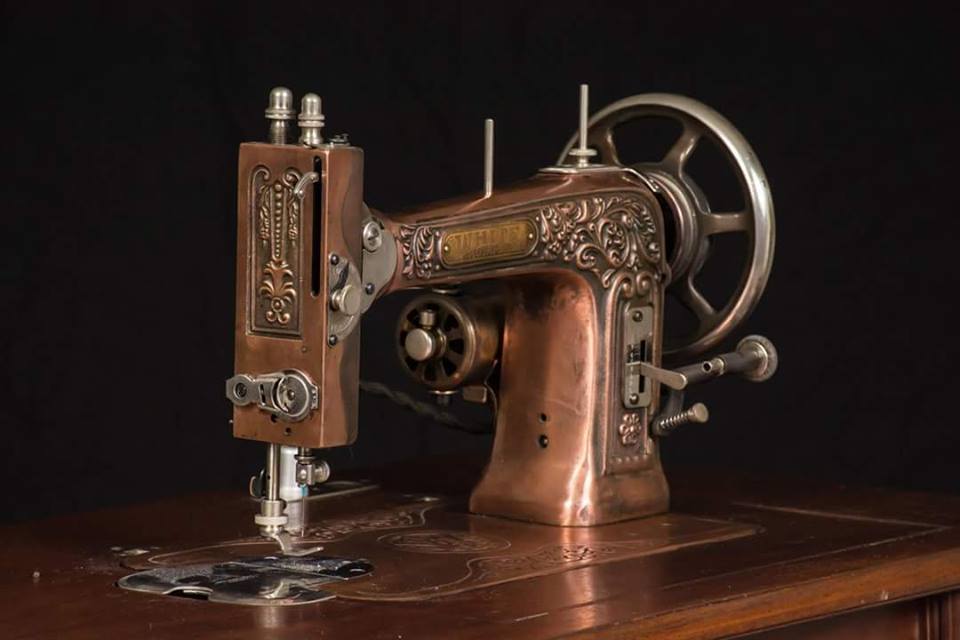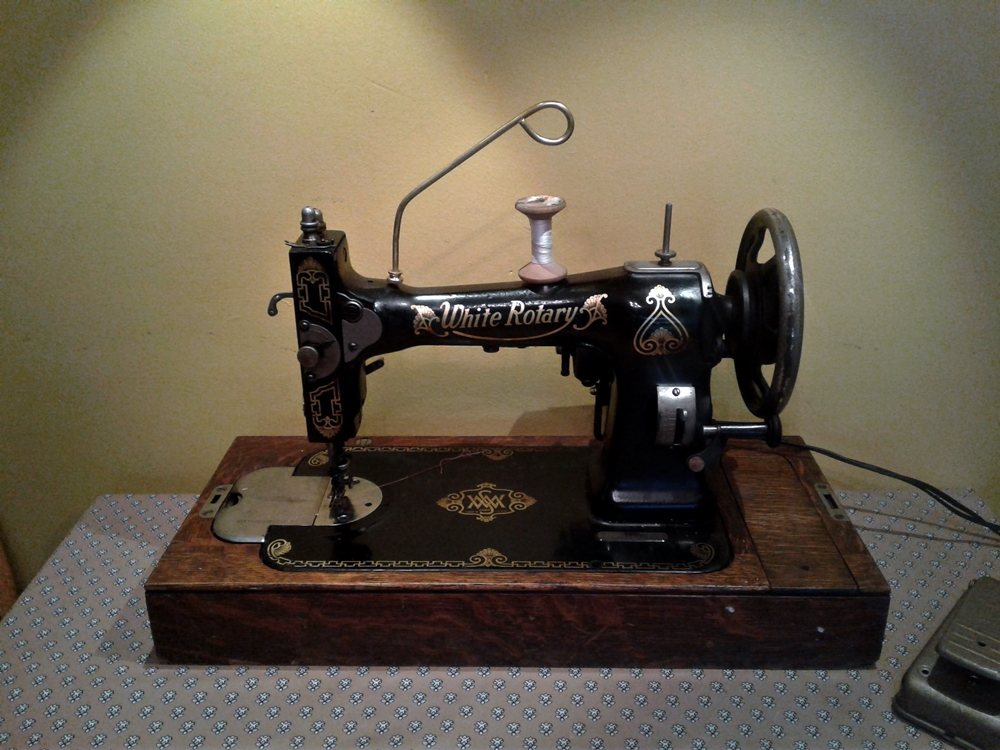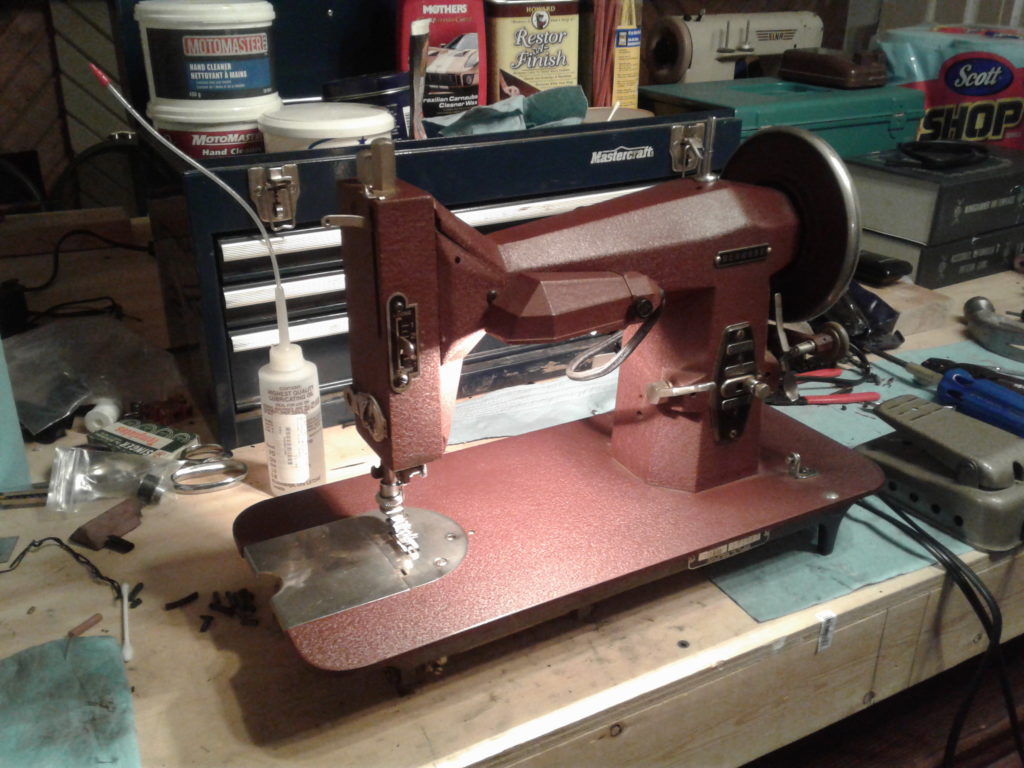
This company was founded in 1866 by Thomas White as the White Manufacturing Company, and then incorporated as The White Sewing Machine Company in 1876, and for the next 80 years they stood as the number two maker of sewing machines, after Singer.
In the early 1900’s Thomas’ son founded the White Motor Company which built high quality steam cars, and then went on to produce gas powered cars, trucks, and buses and the term “runs like a sewing machine” was coined in those early days.
The White steam cars were rather impressive on their own, using a much more advanced recirculating system that was far superior to the Stanley, which had a total loss system .
Back to sewing machines…
Coming into the sewing industry rather late in the game, the first White machines copied the vibrating shuttle machines of the day, and as there were few patents protections, they could use whatever technologies they wanted.
Their most successful models were their exemplary Rotary machines which easily matched and surpassed all their competitors as they were smooth, fast, and laid down a really impressive stitch. Most often they came as treadle models, in equally impressive cabinets, with well made and smooth running mechanisms.
These sold in the many hundreds of thousands as White machines, and also as Kenmores…

Our model 42 is atypical of the early White rotary machines and is a portable electric model, while other companies used sintered brass for their hand wheels, White used ball bearings which really adds to the smoothness of operation.
It is also interesting to note that White machines turn opposite of nearly all other machines.
Much of White’s success came from their partnership with Sears, and this accounted for 40% of all their machine sales. These re-badged White machines were sold as Kenmores into the 1950’s and when Sears opted to go with Japanese makers, this was the start of the end for White.

In the 1950’s White shifted their production to Asia to try and remain competitive against the massive influx of lower priced Japanese models, having acquired Domestic Sewing in the 30’s, this brand was also manufactured in Japan as well.
My the mid sixties it was pretty much the end for White Sewing, although they had diversified in other areas becoming White Consolidated industries, which was acquired by Electrolux in 1986.
SVP Worldwide is the current owner of the White trademark, but has not sold a branded White machine since 2006, and these were only a pale shadow of the great machines of the past.
These vintage White machines are probably among the most under-rated vintage machines, often selling for far less than their contemporaries, but anyone who has sat in front of a White and did some sewing could tell you how wonderful they are.
Follow us on Facebook